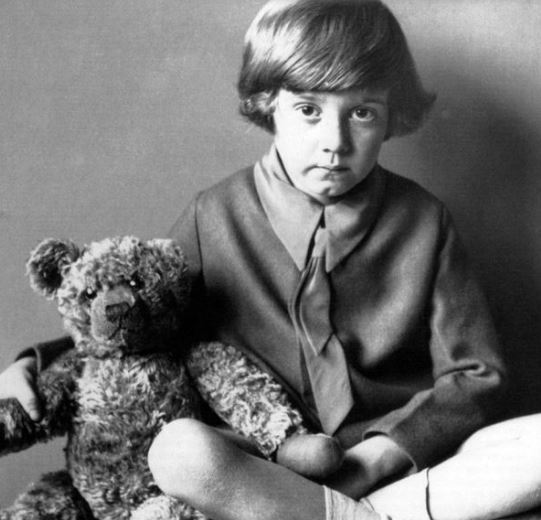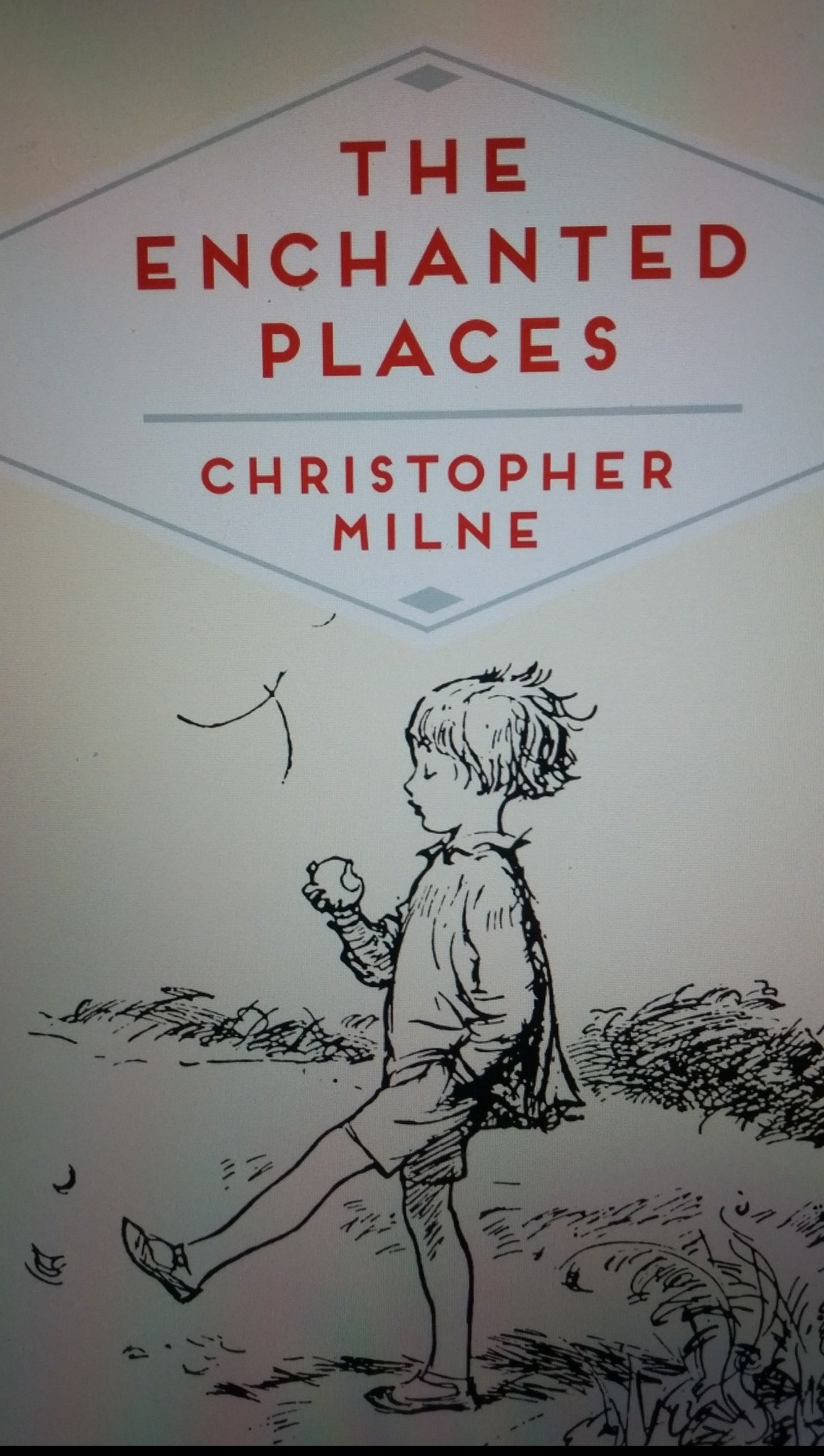The Real Christopher Robin
This Friday (Aug 3, 2018) marks the release of Walt Disney Picture's Christopher Robin - a fictional tale about the adult Christopher Robin rediscovering his imagination. While the film looks pretty adorable (assuming you're a fan of Pooh and the gang), it's actually kinda strange when you take into account that Milne, the creator and author of the original Winnie-the-Pooh books, based the character of Christopher Robin on his own son. That's right, Christopher Robin was indeed a real person.
In the interest of learning a bit more about the real story behind the more fantastical one, here are some interesting facts about the real Christopher Robin.

Christopher Robin really owned a teddy bear that would be the inspiration for Pooh.
In August of 1921, Christopher Robin's mother purchased a stuffed bear from Harrod's department store for her son's first birthday. The young boy originally named the toy Edward Bear until a fateful trip to the zoo, where Christopher Robin saw a real live female black bear named Winnie. Christopher Robin soon changed the name of his much loved stuffed bear to Winnie as well.

The other stuffed animals followed. Piglet, Eeyore, Tigger, and Kanga were indeed the childhood playthings of Christopher Robin. Years later, an adult Christopher Robin gave these toys to Winnie-the-Pooh's editor, who finally donated them to the New York Public Library where they are still on display today.
Christopher Robin did indeed play in the Hundred Acre Wood. Well, kinda...
While the Hundred Acre Wood where the Pooh stories take place is fictional, the name comes from a very real Five Hundred Acre Wood located in the Ashdown Forest in East Sussex. In 1925, A.A. Milne purchased Cotchford Farm just north of Ashdown. The family spent weekends and holidays here, during which Christopher Robin took walks with his father. According to many sources, this is the exact forest Milne had in mind as he wrote the Pooh stories.
Ashdown Forest has now become a popular tourist destination for taking in the scenery and playing a game or two of Pooh Sticks in the streams.

Christopher Robin found that he had to make peace with the legacy of his fictional counterpart.
As an adult, Christopher Robin would pen 3 autobiographical memoirs. The first of these, The Enchanted Places, focuses primarily on his childhood, parents, and time at Cotchford Farm. In the Epilogue, Christopher Robin speaks directly about the difficulties he faced growing up under the shadow of his very famous and ageless namesake. Christopher Robin describes himself as a shy boy in his youth. The fame brought with his father's stories could result in not only discomfort and be teasing by his peers but, as he grew into a man, feelings of increasing resentment towards his father. As a result, the adult Christopher Robin avoided the limelight and opened his own bookstore. That didn't mean, however, that he didn't acknowledge how his father's name (as well as his own) probably helped him succeed in the career he'd chosen. And let's be honest folks, he must have been feeling better about the whole thing if he was going to write an autobiography which could be viewed as the real Christopher Robin finally taking advantage of his fame - and well, I'm sure Pooh and the gang would love to see a happy ending.
